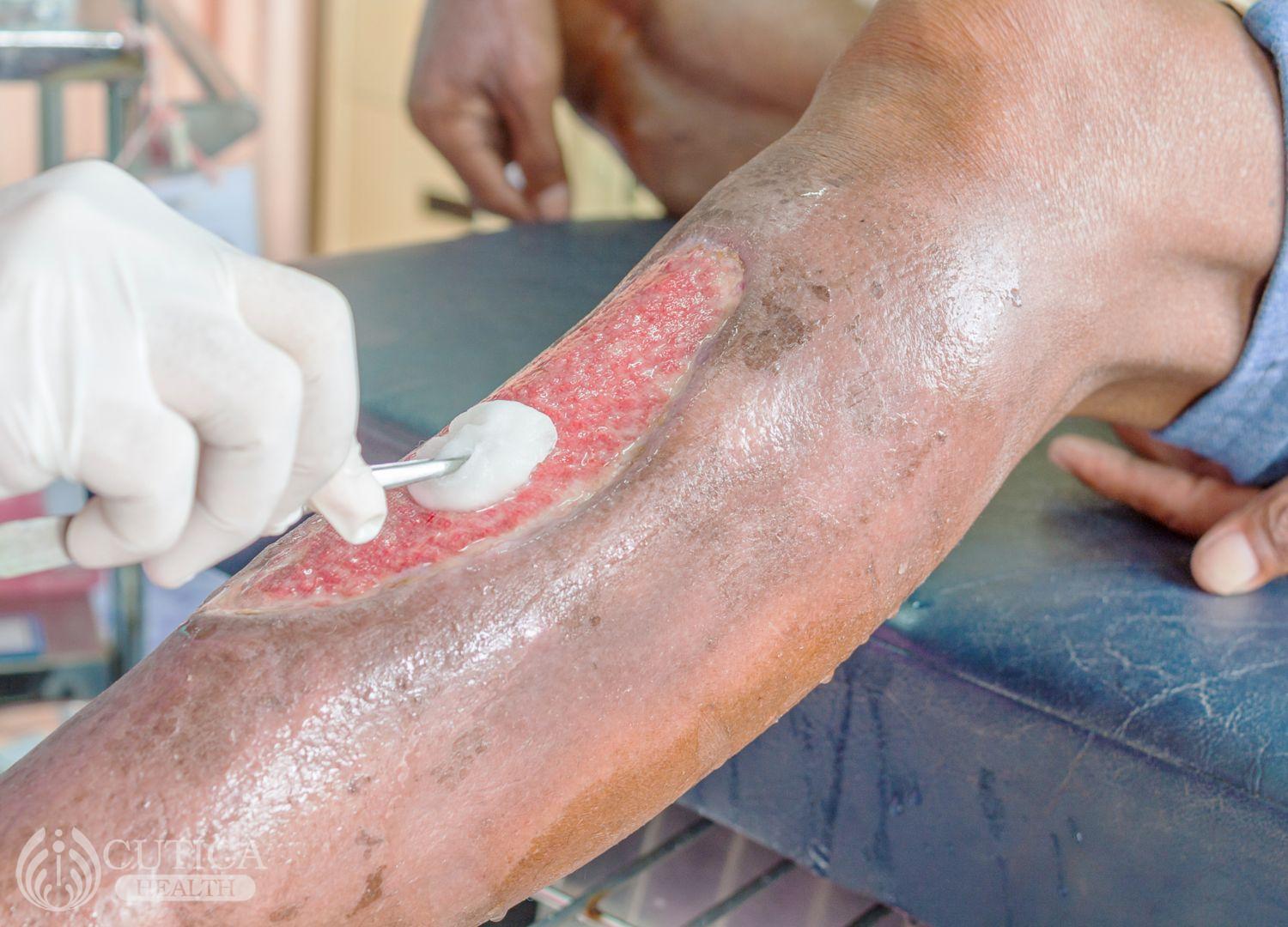Pus had been oozing out of two wounds in Chika’s foot for two months.Osteomyelitis, the doctor called it. Chika, who has diabetes, had been on several antibiotics. Now doctors are fighting to save his foot.
Osteomyelitis is bone infection. It often comes with pain in the affected bone. It is curable, but difficult to treat and requires antibiotics for a long time. In severe cases, it may require surgery.
What causes Osteomyelitis?
Osteomyelitis is commonly caused by staphylococcus or streptococcus, bacteria commonly found on the skin. It can also be caused by other bacteria or even multiple bacteria the same time. Common ways these bugs reach the bone include:
- Injuries to the skin that reach the bone. This could occur in following a chronic wound or cases of open fracture, where a bone breaks after an accident and sticks out through the skin.
- Surgery: Bones and joints could easily get infected after operating on them. These bugs could come from the instruments used or poor sterile conditions.
- Infections in other parts of the body could spread to the bones through the blood.

Who gets osteomyelitis?
There are a group of people who are more prone to osteomyelitis. These include:
- People with poor immune system, such as people with diabetes or those taking steroids or cancer treatments.
- People with implanted metal work in their bones, such as people who have had a joint replacement or a metal work to fix a fracture.
- People with poor blood flow, as seen in people with diabetes, sickle cell disease, or blocked blood vessels.
- Smokers
- People with medically necessary intravenous lines or catheters, such as those receiving dialysis or with long-term tubes. These tubes could become channels of infection over time.
- Intravenous drug abusers who abuse psychoactive drugs by injecting themselves could introduce deadly bugs into their bloodstream.

Symptoms of Osteomyelitis
Symptoms of osteomyelitis include:
- Fever
- Bone pain
- Pus discharge from the area of infection
- Swelling, redness, and swelling around the site of infection

Depending on the degree of the infection, symptoms may range from mild to severe. In severe cases, there could be complications such as death of the affected bone and impaired growth of the bone.
Treatment of Osteomyelitis
Treatment of osteomyelitis depends on severity of the infection. Some may be amenable to prolonged oral or intravenous antibiotics while other cases may require surgery to remove dead and infected bone and tissue. In severe cases, doctors may need to amputate the limb to prevent the infection from spreading.

Osteomyelitis can be devastating and lead to loss of the affected limb. Dealing with the risk factors of the infection helps to lower your risk significantly. Take care of any wounds or cuts early to curb an infection.









